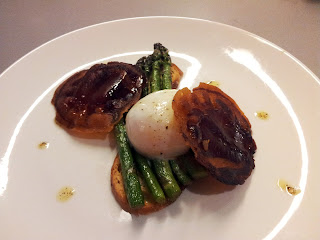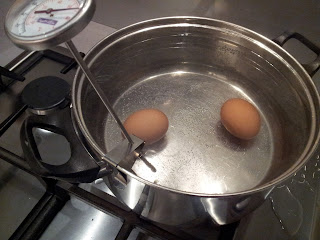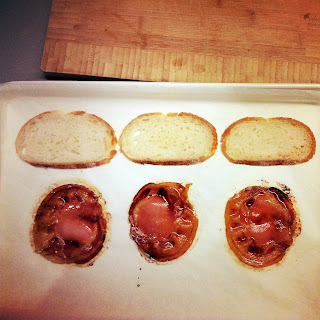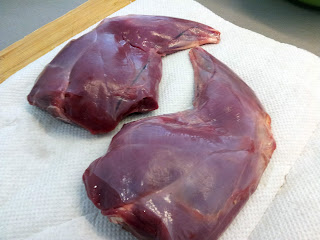
There's something deeply satisfying about fish pie, it's absurdly simple to make, you can tweak it to your hearts content and you get rewarded with luscious fishy béchamel, tender flakes of fish and crispy crunchy potato topping. Now you could tweak it, put a twist on it, but I like it simple. Béchamel made with milk that the smoked fish has been poached in, boiled egg, potato topping and lashings of butter, in fact butter is probably the second most important ingredient in this pie as there is almost as much butter as fish.
Fish pie
450g Smoked fish, I like using a mix of mackerel and hoki
Bay leaves
Peppercorns
2 x 150g Butter
500ml Milk
100g Flour
Mashing potatoes
2 Hard boiled eggs, quartered (do I need to give you instructions? Ok, fill a pot with cold water, put eggs in it, put on heat, boil for 10 minutes, rinse under cold water until cool).
Heat your oven to 180°C.

In an oven-proof dish, place the fish, a couple of bay leaves, and a dozen or so peppercorns, pour over the milk, cover with tinfoil and cook in the oven for 20 minutes. When cooked, remove the fish from the milk and strain, reserving the milk. Pick the skin off the fish and break into bite size pieces.
Peel, boil and mash the potatoes with 150g of butter, season well.
Melt 150g of butter in a pan over a medium heat, add the flour and cook, make sure not to colour the flour at all. Pour in the milk and whisk to avoid lumps. This is a thick béchamel, and wheat flour is a flavour thief so season well! Gently fold the béchamel through the fish chunks and reassess seasoning.

Spoon the fish mixture into your pie dish and nestle in the egg segments, arranging so evenly distributed. Using an offset spatula spread over an even layer of the mashed potato, use a fork to give it some texture, or alternatively you could pipe it on. Dot the top of the pie with plenty of butter, I'm more than sure you can't over do it.
Cook at 200°C for 20–30 minute, or until golden brown and crunchy.












